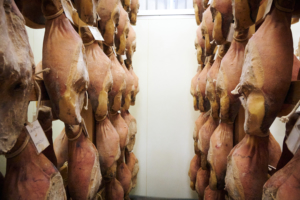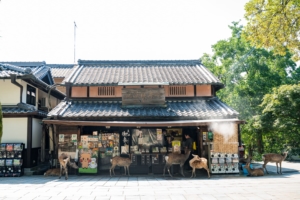Have you ever heard of “Nama-Takiki-Shirasu,” a product of Minamichita-cho, Aichi Prefecture, a major producer of shirasu (baby sardines)? It is a tsukudani (food boiled in soy sauce) made with the original flavor of shirasu, which is difficult to handle in its raw state, and sweetened with sauce, and has won the Minister of Agriculture, Forestry and Fisheries Award. The taste is different from both kama-age shirasu and dried shirasu. Shiro Sakashita, president of Marui-Shouten, the company that developed the product, told us the secret.
What You Need to Know about Mikawa Bay Shirasu
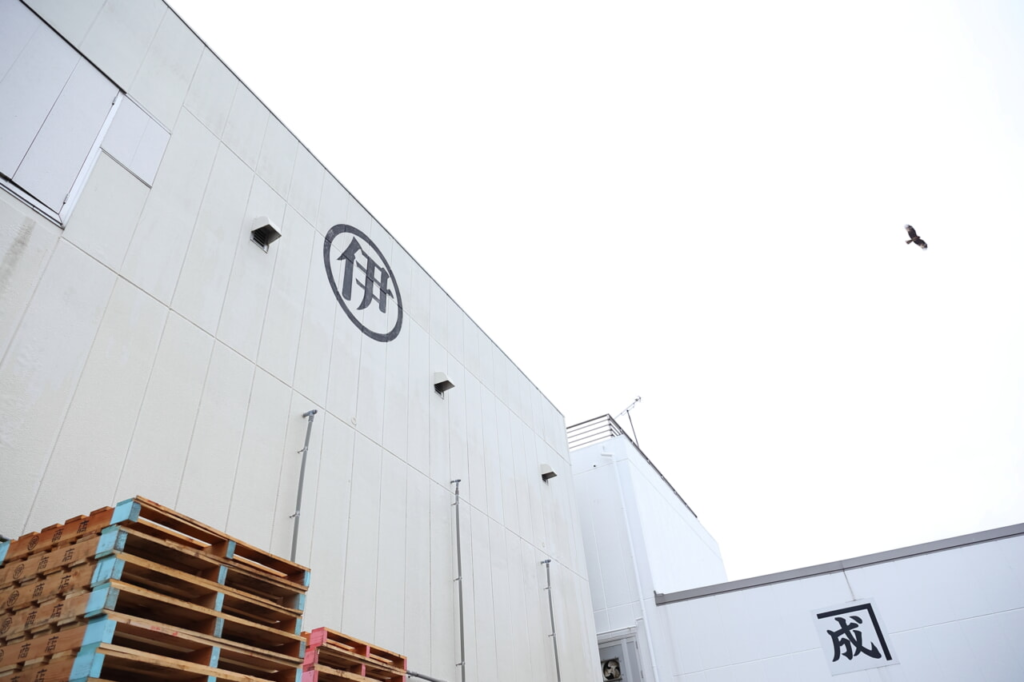
Minamichita Town is located in Chita County, Aichi Prefecture. Located in the southern part of the Chita Peninsula, the town consists of the tip of the peninsula and the islands of Shinojima and Himakajima, which lie offshore from the tip of the peninsula. Marui-Shouten, a seafood processing and wholesale company, is located in this region surrounded on three sides by the sea, where the fishing industry is thriving. According to the Ministry of Agriculture, Forestry, and Fisheries’ 2021 statistics on fisheries and aquaculture production, Aichi indeed accounts for about 14% of the total share, which is the second largest in Japan. Furthermore, on a municipal basis, Minamichita boasts the largest catch of shirasu (baby sardines) in Japan.
How did Minami-Chita become a major catch center for shirasu? The reason is the spawning season of sardines, the parents of young sardines. Ise Bay and Mikawa Bay intersect here on the inner side of the bay, and the Pacific Ocean lies on the outer side of the Atsumi Peninsula. Because the water temperature and other growing conditions differ between the inner bay and the open ocean, the sardines spawn at different times of the year. This is why the fishing season for sardines is longer than in other areas.
Every minute counts. Freshness is the lifeblood of Shirasu.

The shirasu (baby sardines) that Marui-Shouten now mainly handles are brought to the company’s factory as soon as they are landed at the local Morozaki Fishing Port. Shirasu are quick to catch, and those landed in the morning are not very fresh by the evening, and they start to smell bad. In Minamichita, where the catch is large, it is difficult to consume all the fresh shirasu on the same day, so it was necessary to process them into dried shirasu, tsukudani, and other products that would last for a long time before shipping. The company, too, only handled fresh shirasu to the extent that it could sell it immediately, and manufactured processed products such as kama-age shirasu, dried shirasu, and chirimen-jako (dried young sardines) for distribution to supermarkets throughout the country.
Nama-Suikki Shirasu” is a tsukudani (food boiled in soy sauce) that brings out the texture and umami of the shirasu.
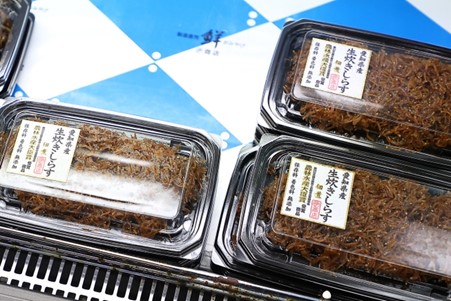

Marui Shoten is a marine products processing company established in 1908. The company processes and sells marine products caught in the local Mikawa Bay, nearby Ise Bay, and the Pacific Ocean, and opened a direct sales office in 1991. Since then, the company has also focused on developing its own brand products. One of its signature products is “Nama-Takiki-Shirasu” (fresh-cooked baby sardines), which is not a familiar name. The name may be unfamiliar, but it refers to the tsukudani (boiled and seasoned young sardines) made by cooking them raw, and in 2009 it won the Minister of Agriculture, Forestry, and Fisheries Award.
Generally, shirasu tsukudani is made by boiling down cooked shirasu with sauce, as in the case of kama-age shirasu. However, in the case of nama-kaki shirasu, the shirasu is not cooked, but literally “raw,” and is boiled down with the sauce. This allows the original flavor of the shirasu to be preserved. Once boiled, the fish will inevitably release its flavor,” he says. By cooking it from raw, the original flavor of the fish remains. It doesn’t have an odor, and its soft texture is well received,” Sakashita says proudly.
Learn about the process of making tsukudani, which is different from “common tsukudani”
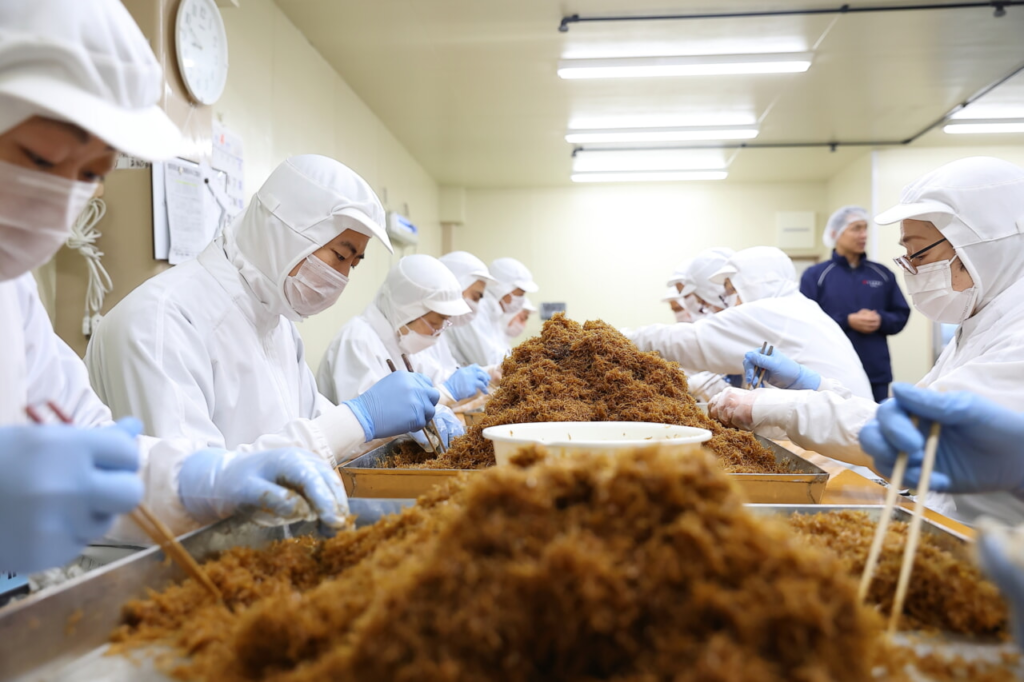
It is said that it is difficult to cook small fish such as shirasu from raw. The reason is that in its raw state, the fish contains a lot of water and tends to lose its shape. When we first tried making tsukudani from raw fish using ikanago, which is larger and fresher than shirasu and is available in abundance in Minamichita, we succeeded without incident. However, the fishing season for ikanago was short and not suitable for mass production. So, they decided to make a tsukudani using shirasu, which is caught in large quantities and has a long fishing season.
However, the initial development of the product was a series of failures. They started with a small household pot and made trial and error until they were satisfied that the shirasu would not collapse and that the flavor of the tsukudani sauce would be retained. He says that while proper heat is necessary to cook the shirasu without losing its shape, the most important factor is freshness. Freshness is the most important factor, he says, because fish that loses its freshness quickly loses its shape. That is why he has to process fresh shirasu caught right in front of his eyes as quickly as possible, even if it is only a minute or a second.
A gem born from trial and error

The result of this trial-and-error process is the fresh-cooked shirasu. The sauce is made from soy sauce, sake, mirin, and sugar, and only the amount used that day is added. No thickening agents commonly used in tsukudani (food boiled down in soy sauce) or syrup are used. This is to preserve the natural taste and texture of the fish. They also insist on using no additives, and do not use any coloring agents or preservatives. The sugar in the sauce acts as a preservative, so the fish can be refrigerated for up to two months.
When you put it in your mouth, you will be surprised at its tenderness. The softness of the fish in the mouth is surprising, and the sweetness of the sauce preserves the original flavor of the fish, and each piece retains its shape and firmness. The ease of eating and the sweetness of the seasoning have made it popular with a wide range of people, from children to adults.
Climate change, rising fuel prices. Fisheries Entering a Transitional Period

Marui Shoten not only processes and sells fish landed locally in Minamichita, but also exports fish using freezing technology. Since Mr. Sakashita took over the business as the fourth generation, the company has been purchasing fish from outside Minamichita. This is due to the effects of recent climate change. Mr. Sakashita says, “Some of the fish we used to be able to catch are no longer being caught, and there are fish mixed in that we could not catch before. I think this will change further in the next 10 years,” he said, describing the current situation in which fish are gradually moving. The fish move, but the fishermen cannot move from their fishing grounds. For processors, too, they cannot immediately renew large equipment that they once put in place.
Considering the future of fisheries-related businesses

Climate change is an unavoidable problem for the fishing industry, which deals with nature, and the fish processing industry, which does business with the fish it lands. At the same time, the rising cost of fuel due to soaring energy prices is also putting pressure on business. Against this backdrop, Mr. Sakashita believes that “aquaculture” will be one of the keywords for the future of fisheries-related businesses.
Mr. Sakashita says, “More and more large, well-financed companies are entering the aquaculture business. Even companies that were not involved in the fishery industry are now entering the business,” he says. Although the amount of fish caught is decreasing, Mr. Sakashita’s analysis suggests that they may be anticipating an increase in demand for fish as the world’s population continues to grow. From a fishery that catches what is available to a fishery that makes its own fish. Such a future may be just around the corner.
Breaking through difficult situations is the best part of running a business.
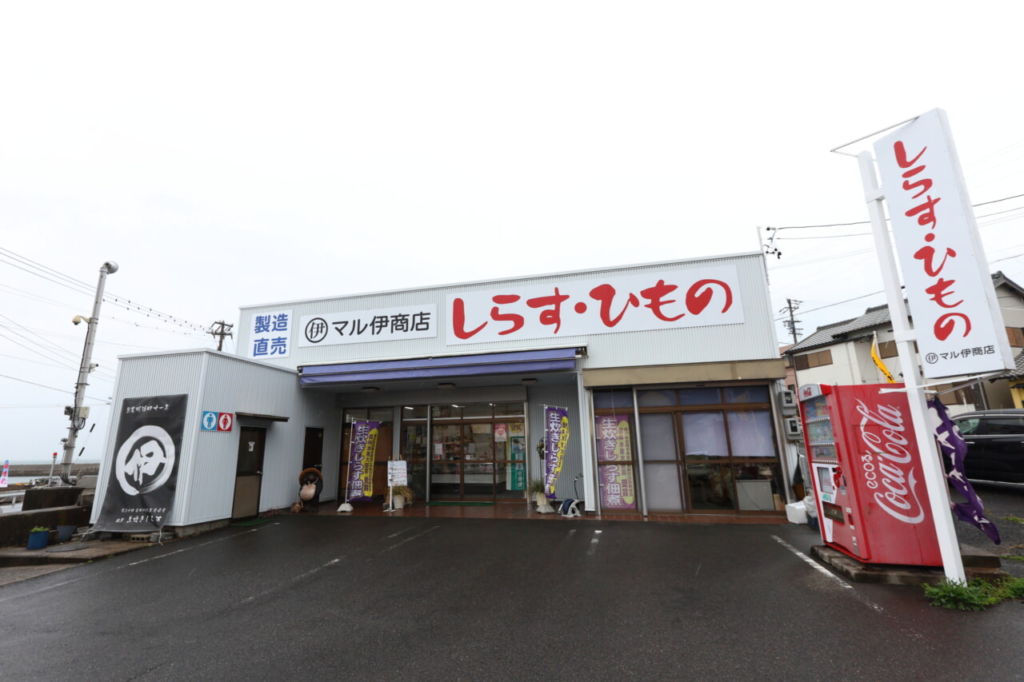
Although the fishing industry seems to be in a constant state of distress, Mr. Sakashita is proud of his work. The catch changes every year, with some years having good catches and some years having poor catches. Even so, he believes that the best part of running a business is figuring out how to make the best use of the product in front of him and meet the demand. Sakashita laughs, “The fun part is figuring out what kind of fish to use and what kind of business to do with them when the local fish market stops producing them.
And the fresh-cooked shirasu supports his mindset. Our products are not something that anyone else can produce,” he says. It is because we are the only ones who can make them that we feel a strong sense of satisfaction when we see the reaction of our customers when they try our products. It is precisely because we are in difficult times that we shine. We would like to see what kind of ideas Mr. Sakashita has in store for us.




